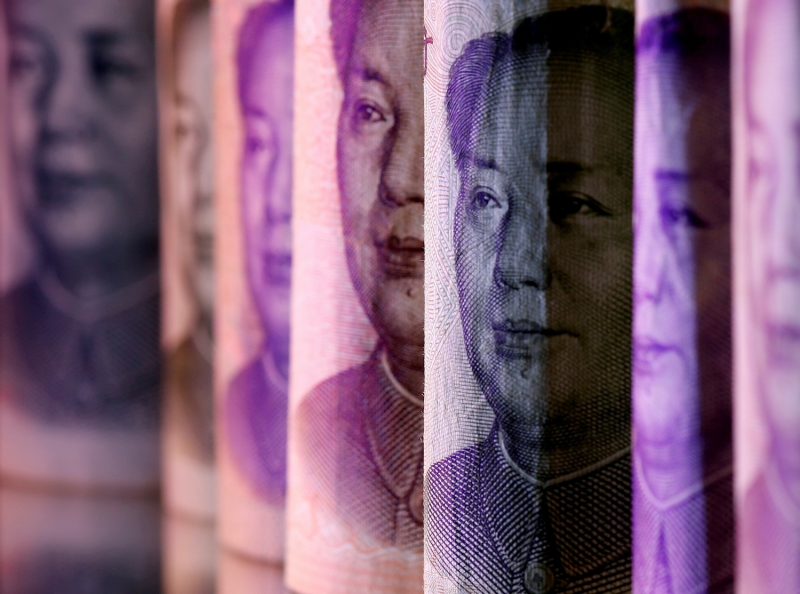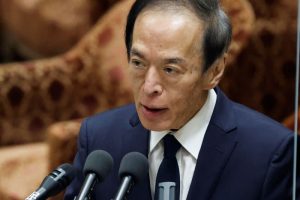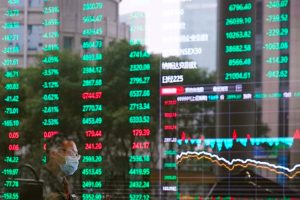China’s central bank has moved swiftly to hose down appreciation in the currency by announcing that it will increase the foreign-exchange deposit reserve ratio by 2 percentage points from June 15
(AF) Rapid appreciation of the yuan exchange rate in recent days has given China’s central bank palpitations.
On May 31, central parity of the yuan against the US dollar saw its “fifth consecutive rise” and hit a three-year high. In the foreign exchange market, offshore and onshore yuan exchange rates against the dollar both rose above 6.36 yuan in intraday trading, and the appreciation momentum remains strong.
Against this background, the central bank “made a big punch!” according to CCTV Finance.
In order to strengthen the management of foreign exchange liquidity at financial institutions, the People’s Bank of China has decided to increase the foreign exchange deposit reserve ratio by 2 percentage points from June 15, 2021 – that is, increase the foreign exchange deposit reserve ratio from the current 5% to 7%.
Tao Tao, of Economics at Wuhan University, said that foreign exchange deposits required by financial institutions have risen significantly this year. At the end of April, the balance of foreign exchange deposits was about $1 trillion. Foreign exchange liquidity was loose. So, the central bank raised the foreign exchange deposit reserve ratio by 2 percentage points.
Freezing about US$20 billion in foreign exchange liquidity will help tighten foreign exchange liquidity in the domestic market, increase domestic and foreign currency interest rates, narrow domestic and foreign currency interest rates, curb spot and forward foreign exchange settlements, and promote balance in the domestic foreign exchange market.
The policy adjustment sends two signals:
First, the central bank will not allow the yuan to appreciate too quickly, and will act decisively when necessary. Since the end of May last year, central parity of the yuan against the dollar has risen a lot, and continued appreciation may cause the value of the Chinese currency to deviate from its fundamentals. The impact of the pandemic on China’s economy has not yet completely disappeared, and continued sharp appreciation may have a greater negative impact on export companies. More and more market authorities believe that the current exchange rate of the yuan against the US dollar has overshot what it should be.
Recently, the national foreign exchange market ‘self-discipline’ mechanism – officials guided by the PBOC and State Administration of Foreign Exchange – convened a meeting. After, their press release carried remarks about investors speculating on the rising currency, clearly warning against such activity. When necessary, the PBOC may act decisively and take effective measures to deal with it. The increase in the foreign exchange deposit reserve ratio shows that the central bank will back up its threats with action.
The second is that the central bank is not pushing up the yuan, and it must be a heavy blow to have to intervene. In the past, the central bank adjusted the yuan deposit reserve ratio generally by 0.5% at a time. The increase in the foreign exchange deposit reserve ratio this time was significantly larger than the previous adjustments. It demonstrates the central bank’s determination to regulate and control.
This time the central bank did not use the foreign exchange risk reserve and other common policies from the past few years, but a tool rarely used in the past, indicating that there are still many measures in the central bank’s toolbox and that the PBOC has choices. In the future, if there are obvious signs of speculation in the foreign exchange market, other macro-prudential tools will continue to be introduced.
























